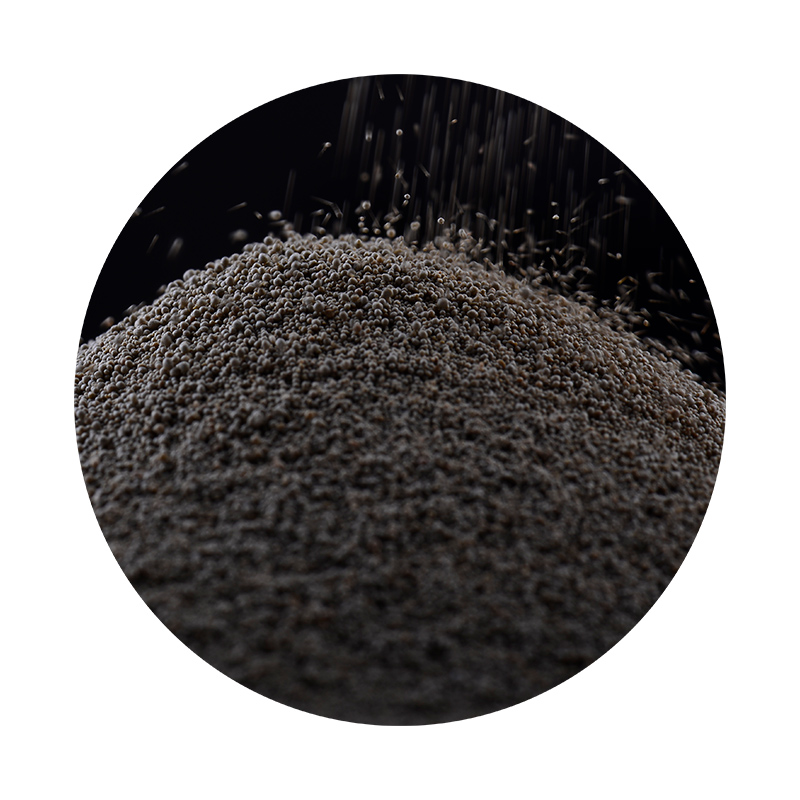The Manufacturing Process of Resin Coated Sand
Resin coated sand has become an essential material in the foundry industry, specifically for producing high-precision castings. This material combines the durability of sand with the binding properties of resin, resulting in a sand that can withstand high temperatures and provide excellent surface finishes. The manufacturing process of resin coated sand involves several key steps that ensure the final product meets the stringent requirements of modern casting applications.
1. Selection of Base Sand
The first step in the manufacturing process is the selection of base sand. Typically, silica sand is used due to its excellent thermal and chemical stability. The sand must be clean, well-graded, and free of impurities such as clay and silt, which can negatively affect the performance of the final product. A thorough washing and screening process is often employed to achieve the desired quality of the base sand.
The next step involves preparing the resin. The most commonly used resins in this process are phenolic, furan, and epoxy resins. These resins are chosen based on their thermal properties and curing characteristics. The resin is usually mixed with a hardener to initiate the curing process, which will take place once the sand is coated. This mixture must be prepared in a controlled environment to ensure uniformity and consistency.
3. Mixing Sand and Resin
Once the resin mixture is ready, the next step is to combine the base sand with the resin. This is done in a specialized mixing chamber where controlled conditions are maintained. The sand is heated to a specific temperature to facilitate effective coating. When the sand is at the optimal temperature, the resin is introduced into the mixer. The mixing process ensures that the resin evenly coats each sand grain, which is crucial for achieving desired properties in the final product.
resin coated sand manufacturing process

4. Curing Process
After the sand has been coated with resin, the next critical step is curing. This involves heating the sand-resin mixture to activate the hardening process. Typically, curing is done in a hot air oven or under infrared heaters. The curing temperature and time depend on the type of resin used and the desired characteristics of the coated sand. This step transforms the thin coating of resin into a solid mass, binding the sand grains together. Proper curing is essential, as it affects the strength and durability of the resin coated sand.
5. Cooling and Screening
Once the curing process is complete, the resin coated sand needs to be cooled down. This is usually done in a controlled environment to prevent moisture absorption or contamination. After cooling, the sand is screened to remove any oversized particles or aggregates that may have formed during curing. This ensures that the final product has a uniform particle size, which is necessary for optimal performance in casting applications.
6. Quality Control
Quality control is a vital part of the resin coated sand manufacturing process. Samples of the coated sand are tested for various properties, including compressive strength, permeability, and thermal stability. These tests ensure that the coated sand meets industry standards and customer specifications. Any batches that do not meet the required criteria are reprocessed or discarded.
Conclusion
The production of resin coated sand is a sophisticated process that combines modern technology with traditional sand casting principles. Each step, from selecting the base sand to quality control, plays a critical role in ensuring the final product meets the exacting standards of the foundry industry. As the demand for high-quality castings continues to grow, the importance of resin coated sand in achieving these objectives cannot be overstated. This advanced material not only enhances efficiency in the casting process but also contributes significantly to the overall quality of manufactured components.
Post time:ඔක්. . 10, 2024 15:16
Next:Is Sand Casting a Cost-Effective Manufacturing Solution for Your Project?
